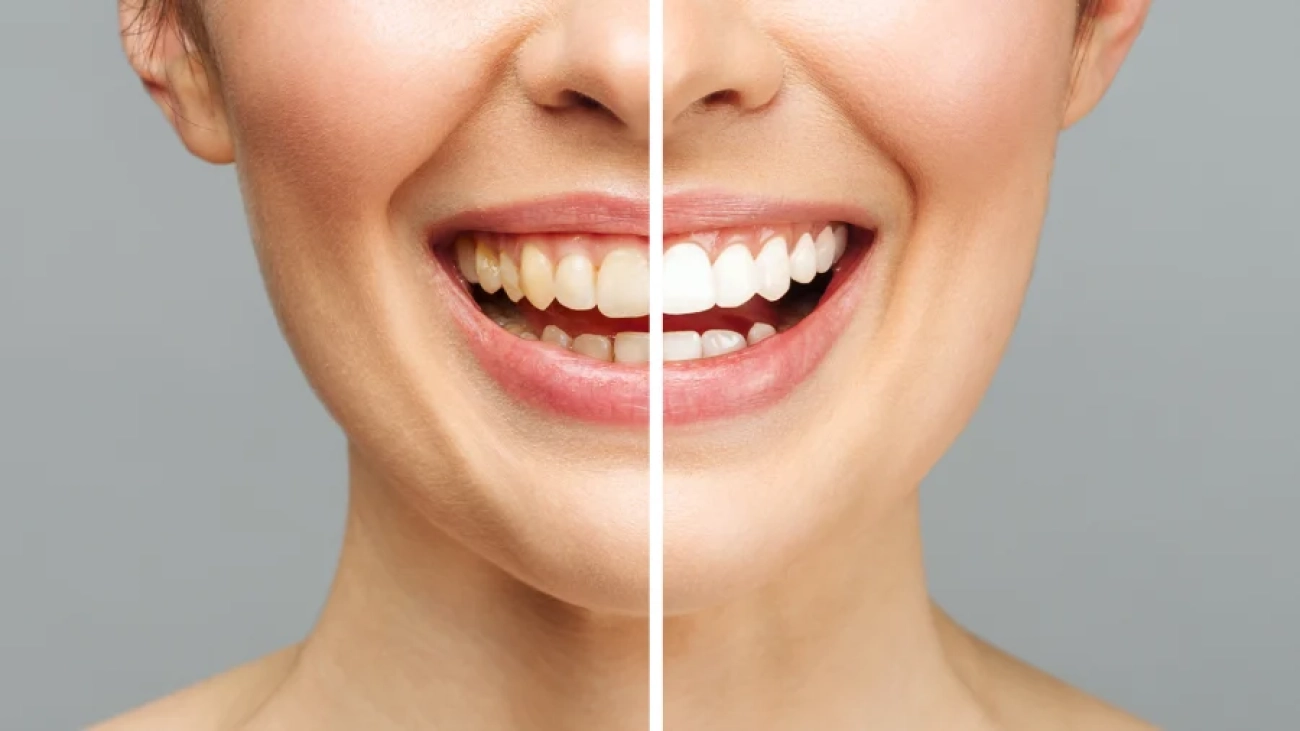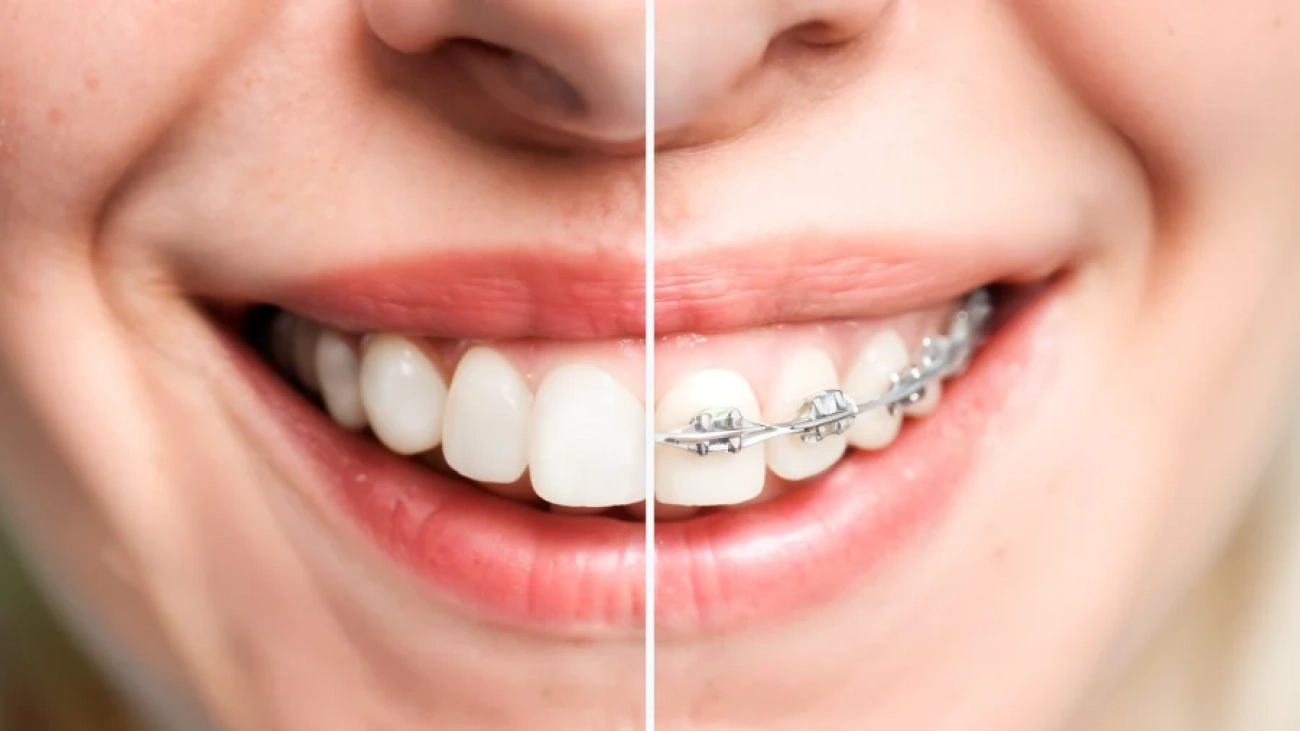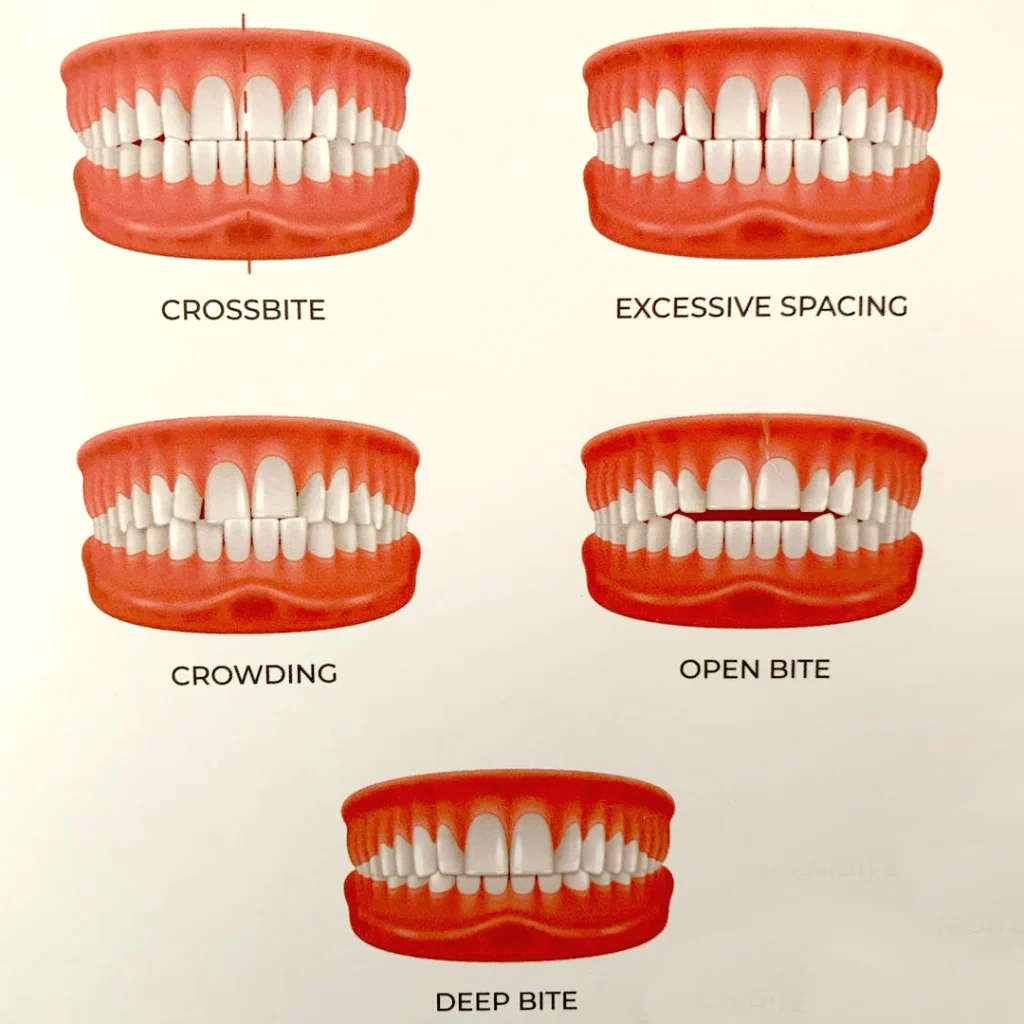Teeth whitening or teeth bleaching is a dental treatment to whiten the human teeth. It is an aesthetic procedure. Many patients ask me 2 doubts
1) Whether dental cleaning or scaling is same as dental bleaching?
Absolutely NO. Dental scaling is a procedure to remove teeth stains, plaque and calculus. It is done to improve oral hygeine.
2) Can yellow teeth become white again?
Absolutely YES. Dental bleaching is the process to whiten your teeth. You can read on to know more about the teeth whitening benefits and risks.
The normal human teeth colour is yellowish white. But some patients feel that their teeth are extremely yellow. Such patients will find dental bleaching a very worthy and fruitful treatment. Extremely yellow teeth are mainly due to the inherent shade of one’s tooth just like skin colour. A point to note is that skin colour (mainly fair skinned) can cause your teeth to look relatively more yellowish.
This blog’s purpose is to provide expert-backed information on teeth whitening benefits and risks empowering patients to make informed decisions.
How does Teeth Whitening work?
Dental bleaching can be classified by three factors
I) Type of bleaching:
- Chemical
- Laser
II) Type of teeth
- Vital teeth
- Non-vital teeth
III) Area of procedure
- In-office
- Home bleach
Let’s look in to each of the above in simple words.
- Chemical bleach: Just as in hair bleach, a chemical is used for the bleaching process The basic chemical used is hydrogen peroxide or carbamide peroxide (varying in concentration used). It is applied on the teeth 2-3 times in one session and the entire procedure can take approximately 45 minutes.
- Laser bleach: As the name suggests, Laser is used. But it also involves using the above said chemicals. Lasers are used to get faster and better results, The cost is also higher.
- Vital bleach: The procedure is done in live or normal teeth.
- Non Vital Bleach: In certain conditions, due to history of trauma to the teeth, the teeth can become grey in colour over the years which is indicating the tooth is becoming dead. Such teeth can also be whitened.
- In-office bleach: The procedure is done at the dental clinic and is more effective.
- Home bleach: The procedure can be done by self at home. The concentration of the bleaching agent is comparatively less when compared to in-office bleach. So it is less effective. Home bleach is usually used as touch ups after a few months of in-office bleach treatment inorder to maintain the whiteness obtained.
Benefits of Teeth Whitening
Teeth whitening is commonly recommended to people who are
- Not confident to smile because of their tooth colour
- Dissatisfied with his/her own teeth colour.
- Media personnel: Professional who host TV shows, concerts
- Models: For ads, TV commercials
- Candidates attending an interview
- To enhance cosmetic treatment.
Teeth whitening risks
There are no risks as such. Proper treatment planning is a must for dental bleaching. The patient must convey their expectations (the shade of white they are expecting) from the treatment. Such communications can help the dentist to plan and advise a proper bleaching procedure.
Do you have doubts on what the patient should do after a teeth whitening session? Here are a few things to keep in mind.
After the procedure, the patient can expect teeth sensitivity (which is absolutely temporary). Such sensitivity can be reduced or avoided by continuously wetting your teeth with saliva by running one’s tongue over the treated teeth. Moreover, your dentist will advise an anti-sensitive paste. Avoiding hot or cold foods for 24 hours after the procedure can help too.
For a week, food items or drinks which must be avoided are carbonated beverages, alcohol, tea or coffee without milk, any food with artificial colours, turmeric.
How long does teeth whitening last?
Teeth whitening is a temporary process which lasts for 4-6 months. But dental bleaching touch ups can be done at home itself to maintain the whiteness.
Importance of a Professional Approach in the Teeth Whitening Process
It is always advisable to go for a professional approach in the teeth whitening process. It is similar to colouring one’s own hair. Without a professional approach, colour can get uneven and also there are teeth conditions (broken teeth, abraded teeth, crowns) wherein teeth whitening is contraindicated and/or is ineffective. So always get dental bleaching done under supervision of a dentist.
Home bleaching is useful for touch ups to maintain the whiteness after a 6 month period of professional bleaching.
To conclude, proper planning by the dentist can be done after a consultation, where the dentist can help clear your doubts regarding the procedure and its effectiveness.When executed properly, teeth whitening can definitely help boost your confidence and help you smile better.
So if you are a person who always wanted to whiten your teeth, I hope this blog helped solve your basic doubts. To know more, kindly do a dental consultation to get your teeth whitened and smile confidently.




